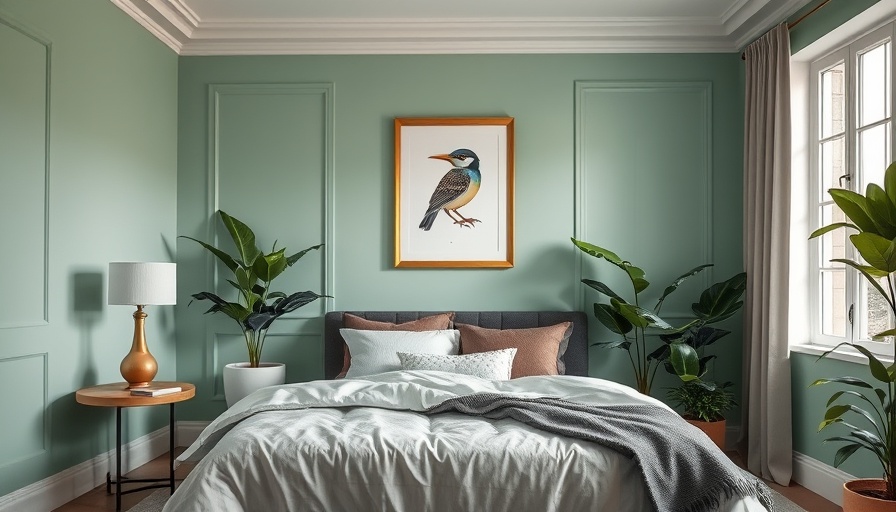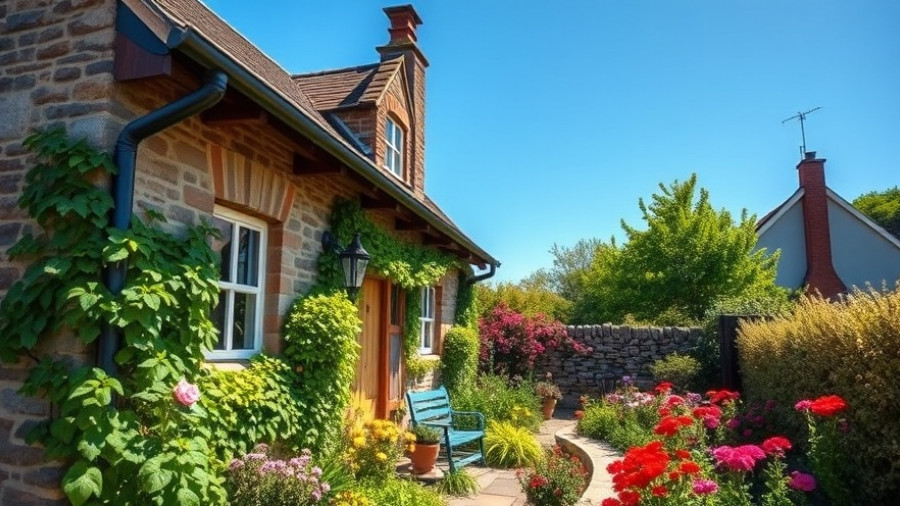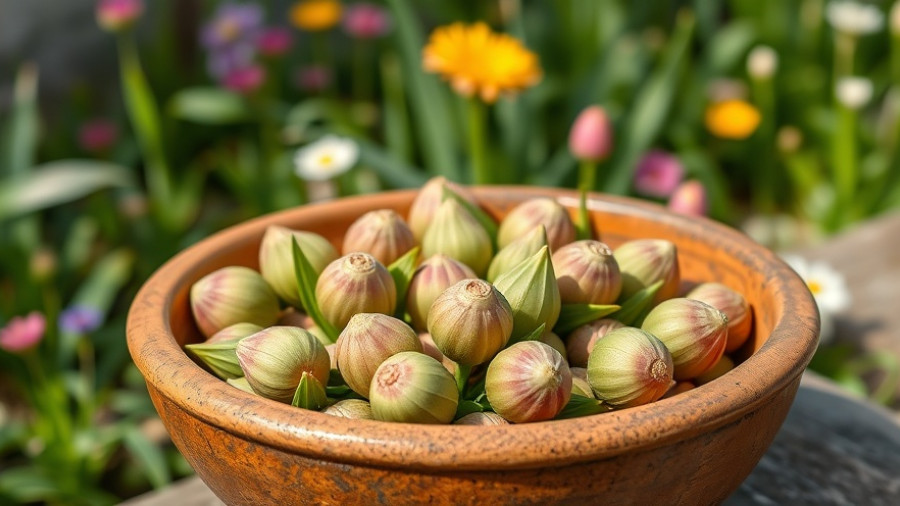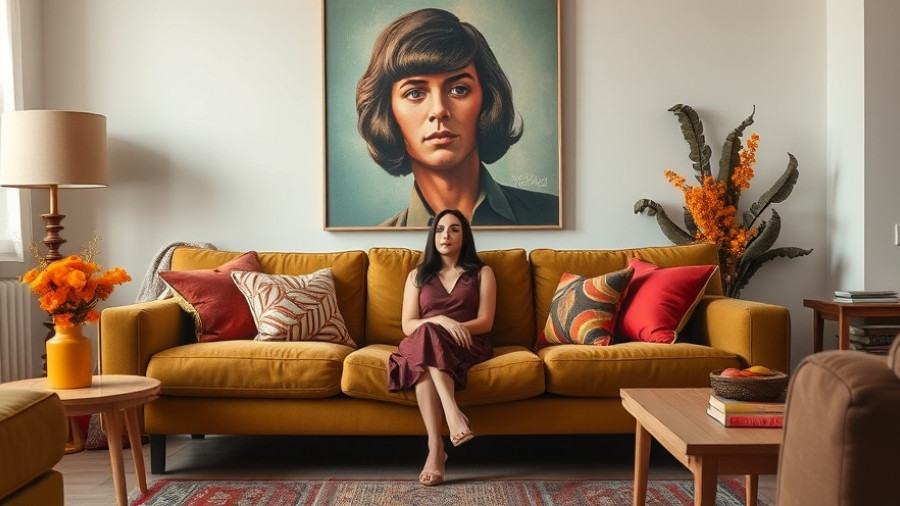
Color Capping: The Design Trend Set to Transform Your Home in 2026
The realm of home design is witnessing a refreshing take on how we perceive and utilize color, specifically the ingenious technique known as color capping. As 2026 approaches, designers are unanimously pointing to this trend as the ultimate design movement that will redefine interiors. What makes color capping so special? It’s an elegant and subtle way of boosting atmospheric appeal by layering shades from the same color family to create an inviting, cohesive environment.
What is Color Capping?
At its core, color capping involves using different shades of a single hue – think of a soft gradient that draws the eye upwards. As Helen Shaw from Benjamin Moore articulates, this technique enhances the sense of space and height in a room while generating a feeling of harmony. This approach not only highlights the architectural features like cornices and moldings but also transforms the ceiling from a mere boundary into a canvas of expression.
Why Color Capping Works
One of the remarkable aspects of this method is its psychological impact. According to experts, using varying tones can make walls feel taller and rooms appear larger. "In color psychology, the key to using color is balance and proportion," explains Charlotte Broadribb, a color consultant at Yinteriors. By capping a room with a deeper tone, you create the illusion of extended height, enhancing the overall ambiance.
Practical Tips for Embracing Color Capping
Successfully incorporating color capping into your home requires careful attention to detail. Here are some tried-and-tested tips from interior designers:
- Precision is Key: Ensure a clean and sharp line while painting. Using a spirit level can help achieve this.
- Choose Versatile Colors: Select three shades from the same family for a well-coordinated look. Light tones for walls and mid-to-dark shades for the ceiling work wonders.
- Complement with Furnishings: After completing your walls, echo the gradient through your furniture and textiles.
The Contrast Between Color Capping and Other Techniques
Color capping stands distinct from other trending techniques like color drenching and double drenching. Unlike color drenching, which utilizes a single hue throughout the room, or double drenching, where bold colors cover multiple surfaces, color capping creates a delicate balance. "This technique draws attention without overwhelming the senses," Kunal Trehan, an interior designer, comments.
Where to Use Color Capping
This technique shines brilliantly in various rooms.
- Living Rooms: Create a stunning visual impact by highlighting architectural features.
- Bathrooms: Enhance height perception, making them feel spacious.
- Bedrooms: Promote a cocooning effect with softer tones that induce relaxation.
Color Combinations That Work Best
For those looking to experiment with color capping, the options are flexible. Neutral palettes emphasize understated elegance, while bold shades make for dramatic statements. As suggested by experts, jewel tones or earthy colors like washed terracotta can create a striking effect.
Inspiring Quotes from the Experts
Designers stress that color capping is not simply a trend but a means of expressing personal artistry within living spaces. "It offers an achievable way to showcase personality without committing to an overwhelming palette,” notes Kunal Trehan.
Conclusion: Transform Your Space with Color Capping
Color capping promises to be a game-changer in the realm of home design, blending creativity with sophistication. If you’re considering a fresh look for your London home, now’s the time to embrace this innovative technique. Explore the possibilities of color capping to achieve a tailored aesthetic that reflects your unique style.
Ready to transform your space? Start planning your color capping project today!
 Add Row
Add Row  Add
Add 




Write A Comment